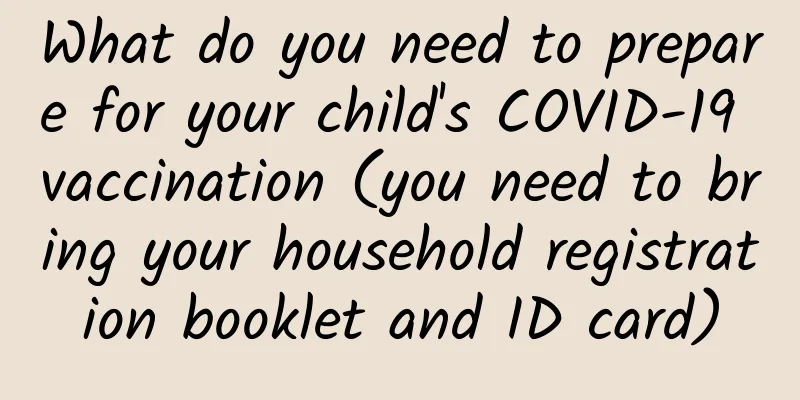What are the treatments for vulvar cysts?

|
Most inflammatory and cystic diseases may occur in many people who are prone to reduced resistance or immune deficiency. Another common type is vulvar cyst, which can be treated with antibiotics or drainage when it occurs. At the same time, patients should pay attention to not having sexual contact and changing menstrual pads frequently. Generally, there may be an acute attack after an inflammatory infection, which can be treated with antibiotics or drainage. However, this method of treatment is prone to recurrence, so it is necessary to find the correct treatment method for thorough treatment, such as local surgical excision. During and after treatment, please pay attention to the following points: 1. Pay attention to menstrual hygiene, change menstrual pads frequently and wash them frequently during menstruation. 2. Keep the vulva clean and dry, do not wash it with hot water or scrub it with soap. 3. Avoid misusing or abusing drugs, scratching or local friction. 4. Avoid alcohol, spicy food, seafood, and other medicines that are very likely to cause allergies. 5. Do not wear tight crotch pants. Underwear should be loose, breathable, and preferably made of cotton. prevention Vulvar cysts are the most common tumors on the female vulva, and the cysts usually occur on both sides of the vaginal opening. The formation of vulvar cyst is related to a pair of glands on both sides of the vaginal opening, which are called "Vestibular glands" (or "Baththolin glands"). In the acute phase of inflammation, the affected area may appear red, swollen, hot, and painful, and pus will be discharged when the gland duct is squeezed; in the chronic phase, the gland duct opening is blocked, and mucus gradually accumulates to form a cyst. Most cysts are unilateral and are generally painless, itchy, and do not change skin color. Patients can be injected with antibiotics during the acute phase of inflammation. If the abscess is mature and fluctuating, puncture and drainage or incision and drainage can be performed. In the chronic stage, if the abscess is as big as a peanut or a date and has no symptoms, it may not be treated; if the abscess grows rapidly and is often painful, the abscess should be incised and drained. |
<<: Which part should be moxibustioned during menstruation?
>>: What are the treatments for acute mastitis?
Recommend
Why do our immune systems vary so much?
Produced by: Science Popularization China Author:...
Are the ovaries in the uterus?
Female friends should have a certain understandin...
Wash fungal vaginitis with pepper water
Vaginitis candidiasis is a gynecological disease ...
Hand-drawn cartoon: The magic of hyperbaric oxygen
It's the weekend! Of course we have to get to...
These parts of crabs cannot be eaten
Crabs are a favorite of many people because of th...
Can I eat bitter melon when I have my period?
As we all know, bitter melon is a food ingredient...
Can ejaculation during lactation lead to pregnancy?
Ejaculation outside the body during intercourse c...
Why do some cars not have windshield wipers at the rear? Why do sedans not have windshield wipers at the rear?
The windshield wiper is a part that every car has...
What should I do if there are black blood clots during my period?
For women with irregular menstruation, every mens...
I will get two bars when my period comes.
Will I get two bars when my period is coming? Pre...
Farting smells bad during early pregnancy
In the early stages of pregnancy, pregnant women ...
Uterine fibroids and honey
Can honey water be used to treat uterine fibroids...
Diet therapy for cervicitis
Cervicitis is a gynecological disease that causes...
Lower abdomen swelling before menstruation
Most women will feel abdominal pain when their pe...
Painful urination after cesarean section
Many women experience severe pain during childbir...









